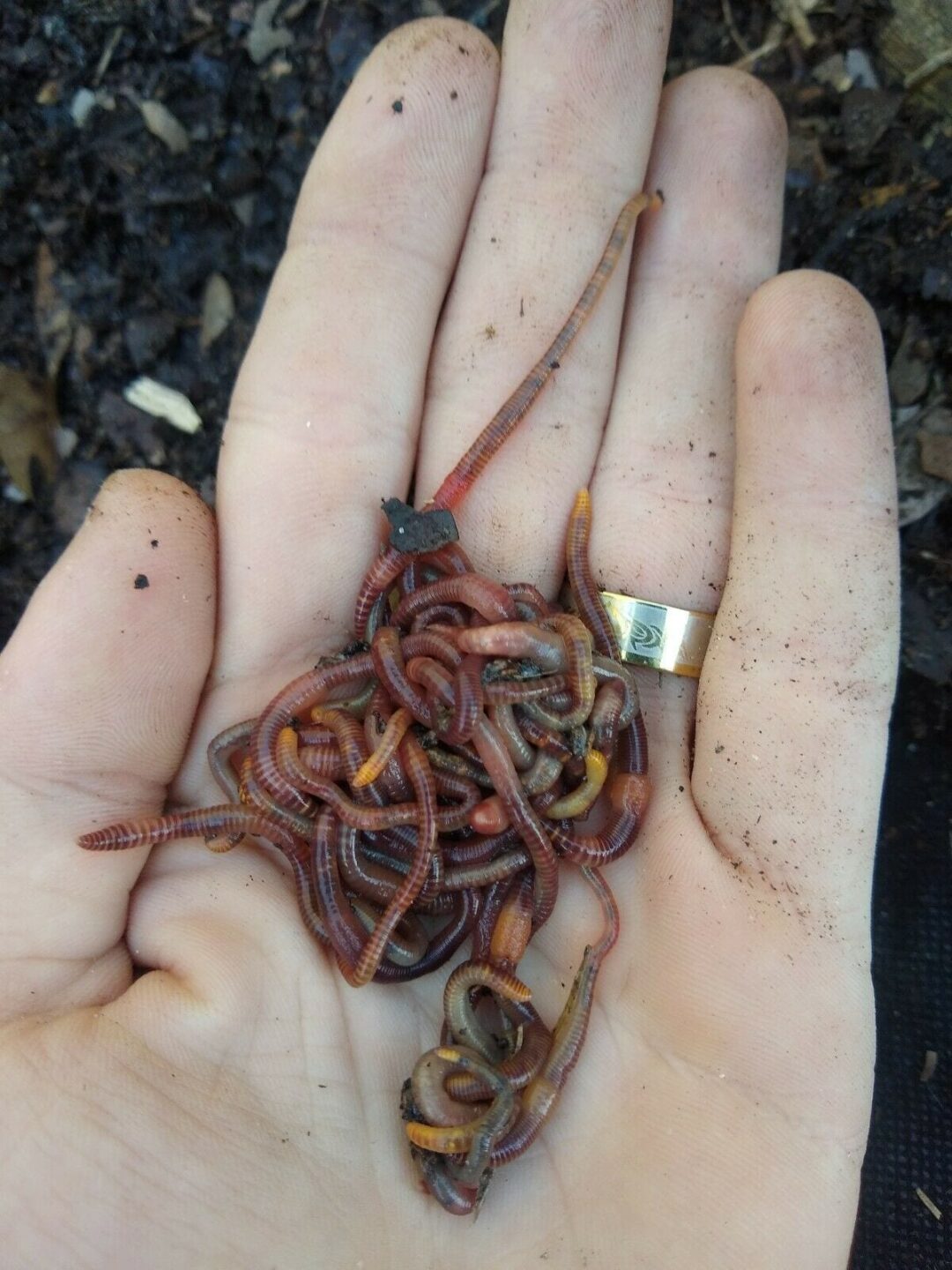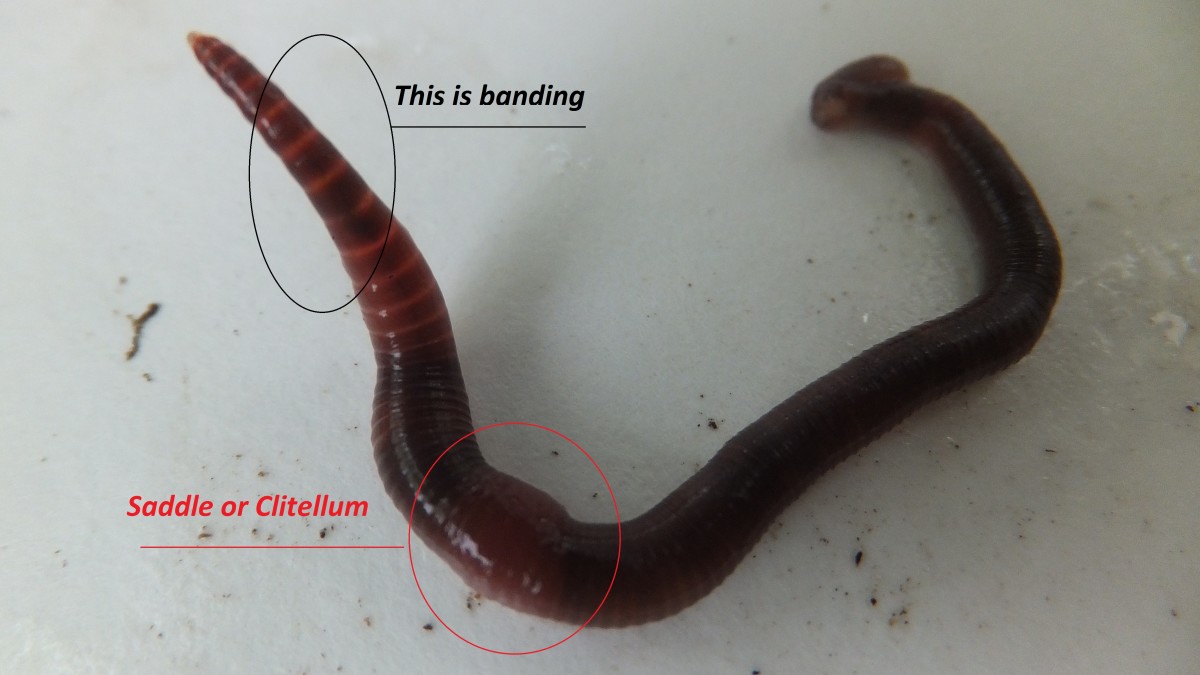Transform Your Lawn with the Expertise of Red Wiggler Express Lawn Care Specialists
Transform Your Lawn with the Expertise of Red Wiggler Express Lawn Care Specialists
Blog Article
Red Wigglers: The Unsung Heroes of Organic Waste Recycling
Red wigglers, or Eisenia fetida, offer as important representatives in the natural waste recycling process, transforming thrown out products into important vermicompost. As the world increasingly looks for services to fight waste build-up and improve farming productivity, recognizing the duty of these worms ends up being vital.
What Are Red Wigglers?
The amazing strength of red wigglers, clinically recognized as Eisenia fetida, underscores their essential duty in organic waste recycling. These small, reddish-brown earthworms are generally located in disintegrating organic matter, such as compost heap and manure loads. Lake Hickory Bait. Unlike other earthworm types, red wigglers thrive in nutrient-rich environments and are extremely reliable at breaking down organic products, making them important for vermicomposting

(Red Wiggler Express)In enhancement to their duty in waste reduction, red wigglers add to soil health by improving soil structure and aeration through their burrowing activities (Lake Hickory Bait). Their existence in composting systems not just improves disintegration prices yet also promotes a sustainable approach to squander management, showing their value in environmental conservation efforts
Benefits of Composting With Worms
Composting with worms, particularly red wigglers, offers various advantages that enhance both waste management and soil health. These worms efficiently break down organic waste, transforming it into nutrient-rich vermicompost that enriches soil. This procedure speeds up decay, enabling a faster recycling of cooking area scraps and various other natural materials compared to traditional composting methods.
In addition, the vermicompost generated by red wigglers is bursting with helpful bacteria, which assist improve dirt framework, aeration, and dampness retention. This improves the general health of plants, advertising energetic growth and raised returns in gardens and farming settings. The use of worms in composting minimizes the manufacturing of greenhouse gases, such as methane, contributing to an extra sustainable waste monitoring system.

Exactly How to Beginning Vermicomposting
Developing a vermicomposting system is a straightforward process that can produce substantial advantages for both waste monitoring and dirt enrichment. To begin, choose an ideal container, such as a plastic container or wood box, with adequate ventilation holes to guarantee appropriate air flow. The dimensions must preferably be about 2 feet by 3 feet, enabling adequate room for the worms to grow.
Following, prepare bed linens product, which can be composed of shredded paper, cardboard, or coconut coir. This bed linens must be dampened to produce an appropriate habitat for the worms. When the bedding is in place, present red wigglers (Eisenia fetida) right into the container, commonly around one extra pound of worms for each square foot of surface.
Following the placement of worms, add natural waste, such as fruit and veggie scraps, coffee premises, and smashed eggshells. With these steps, you will effectively launch a vermicomposting system that contributes to sustainable waste monitoring and enhances your soil.
Preserving a Healthy And Balanced Worm Bin
(Red Wiggler Express)Keeping a worm container flourishing calls for routine focus and like make certain the health and wellness of the red wigglers and the performance of the composting process. Correct maintenance starts with keeping track of the dampness levels; the bin needs to perspire yet not waterlogged. A great guideline is to preserve an uniformity similar to a wrung-out sponge.
Gently mixing the bed linen and food scraps every couple of weeks protects against compaction and ensures that all worms have access to oxygen. Furthermore, it is crucial to feed the worms suitably.
Temperature level regulation is another important element. Red wigglers prosper in a variety of 55 to 77 levels Fahrenheit. If the container comes to be also warm or cool, the worms might come to be worried - Lake Hickory Bait. Regularly examine for indicators of health and wellness, such as worm populace development and the existence of healthy and balanced spreadings. By faithfully taking care of these variables, one can keep a durable and effective worm container.
Influence On Lasting Living
The successful maintenance of a worm container not just benefits the wellness of red wigglers yet likewise contributes considerably to sustainable living techniques. By reusing natural waste, such as kitchen area scraps and lawn debris, red wigglers aid divert considerable amounts of product from land fills. This reduction in waste not just reduces greenhouse gas exhausts however also minimizes the ecological burden connected with waste administration.
Furthermore, the spreadings created by red wigglers serve as a nutrient-rich natural plant food, boosting soil wellness and promoting plant development. This natural alternative to visite site chemical plant foods supports lasting agriculture and horticulture practices, decreasing reliance on synthetic inputs that can damage environments. Additionally, worm composting promotes recognition of waste monitoring, encouraging people and communities to embrace more lasting habits.

Final Thought
In summary, red wigglers offer as vital factors to natural waste recycling through their reliable decomposition of organic materials. By incorporating vermicomposting into waste management strategies, individuals and communities can significantly lower waste while advertising environmental sustainability.
Report this page